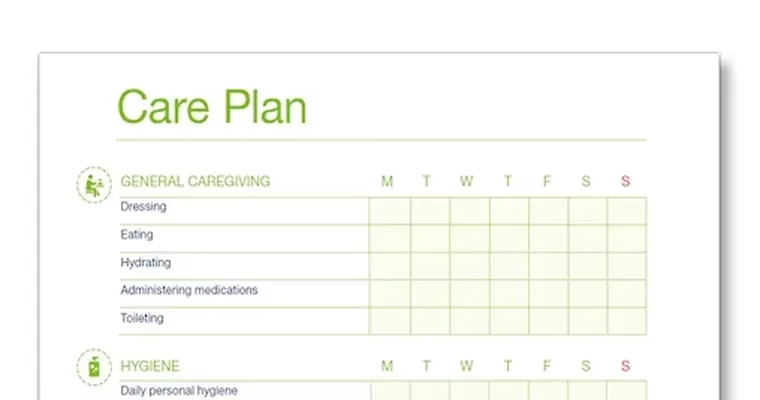Creating a "care plan" for an "older adult" can often be a challenging task, especially when family members have differing opinions on what the best approach should be. Ensuring that everyone is on the same page is crucial for the well-being of the elderly individual. In this article, we will explore effective strategies for facilitating a family discussion that leads to a mutually agreeable care plan.
Understanding the Needs of the Older Adult
Before initiating the conversation, it is essential to understand the specific needs and preferences of the older adult. This might include medical requirements, personal preferences, and lifestyle choices. Engaging the older adult in discussions about their own care plan allows family members to understand their wishes better and fosters a sense of autonomy. Gathering this information helps to create a foundation for a respectful and informed discussion.
Choose the Right Time and Place
Timing and environment can significantly impact the effectiveness of family discussions. Select a neutral, comfortable location where family members can converse without distractions. Make sure to schedule a time when everyone is available and can engage in the conversation without feeling rushed. A calm atmosphere encourages open communication and reduces the likelihood of conflict.
Facilitate Open Communication
Encourage each family member to express their opinions and concerns regarding the care plan. It is vital to listen actively and validate each person's feelings, even if there are disagreements. Using "I" statements can help family members express their thoughts without sounding accusatory. For example, saying "I feel concerned about Mom’s health" is less confrontational than "You don’t care about Mom’s health."
Identify Common Goals
During the discussion, focus on identifying "common goals" regarding the care of the older adult. This might include improving their quality of life, ensuring their safety, or maintaining their independence. Highlighting shared objectives can help to unify family members and serve as a guiding principle for the care plan. When families work together towards a common goal, they are more likely to agree on specific actions to take.
Explore Different Care Options
Once common goals have been established, explore various care options that align with those objectives. This could involve in-home care, assisted living facilities, or other community resources. Discuss the pros and cons of each option, considering factors such as costs, accessibility, and the older adult's preferences. Providing family members with factual information can help alleviate fears and misconceptions, leading to more informed decision-making.
Create a Draft Care Plan
After discussing the various options, collaborate to draft a care plan that incorporates everyone’s input. This document should outline the roles and responsibilities of family members, as well as the specific needs of the older adult. Having a written plan can help clarify expectations and serve as a reference point for future discussions. This collaborative approach fosters accountability and encourages family members to stay engaged in the process.
Schedule Regular Check-Ins
Once a care plan is in place, it is essential to schedule regular check-ins to assess its effectiveness. Family dynamics and the older adult’s needs may change over time, requiring adjustments to the care plan. These meetings provide an opportunity for family members to voice any concerns and make necessary modifications, ensuring that the care plan remains relevant and effective.
Conclusion
Getting the family to agree on a "care plan" for an "older adult" can be a complex process, but with open communication, empathy, and collaboration, it is possible to reach a consensus. By understanding the needs of the older adult, facilitating discussions, and creating a clear care plan, families can work together to ensure the best possible care for their loved one. Taking these steps not only enhances the quality of life for the older adult but also strengthens family bonds through shared responsibility and understanding.





